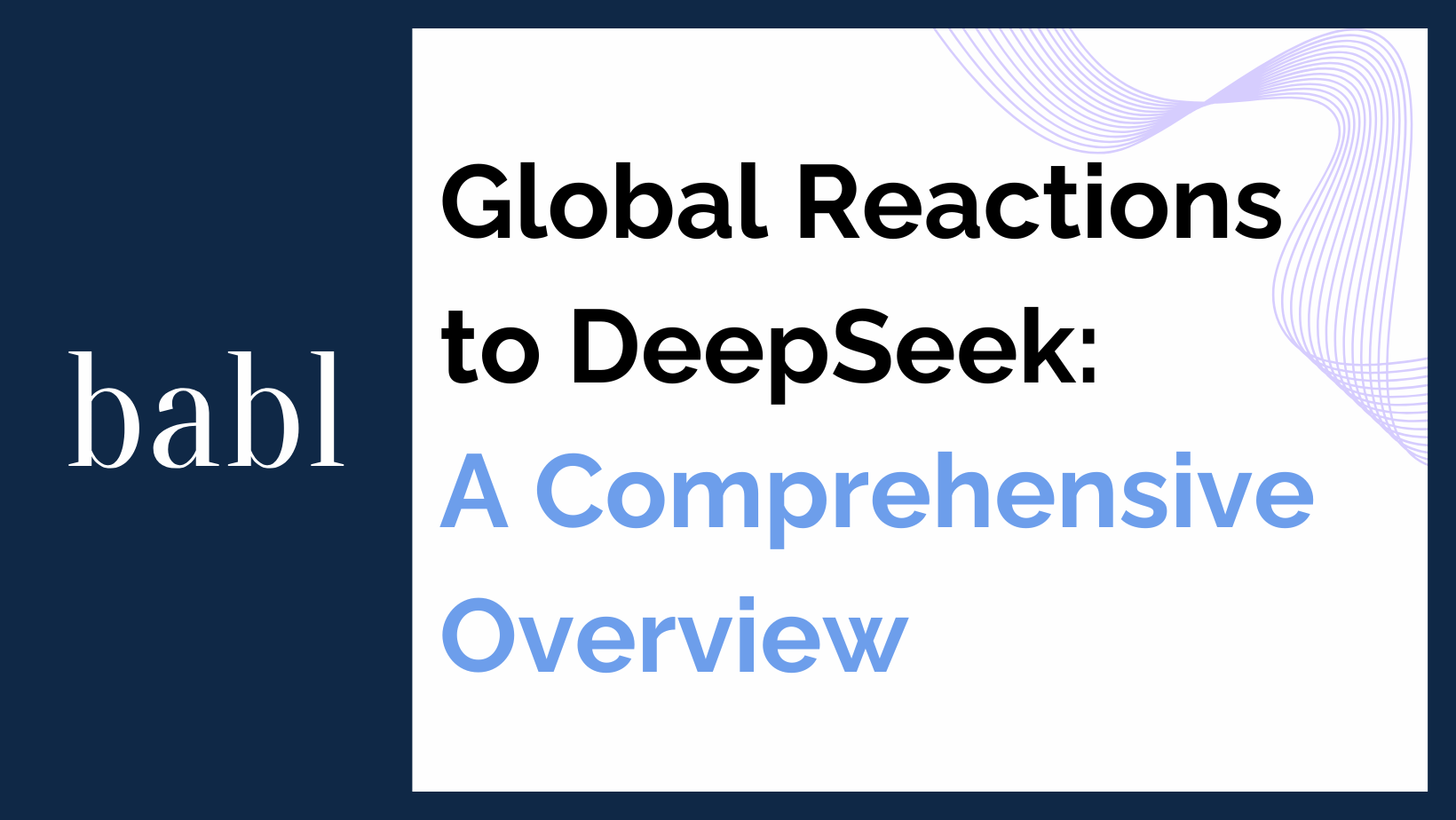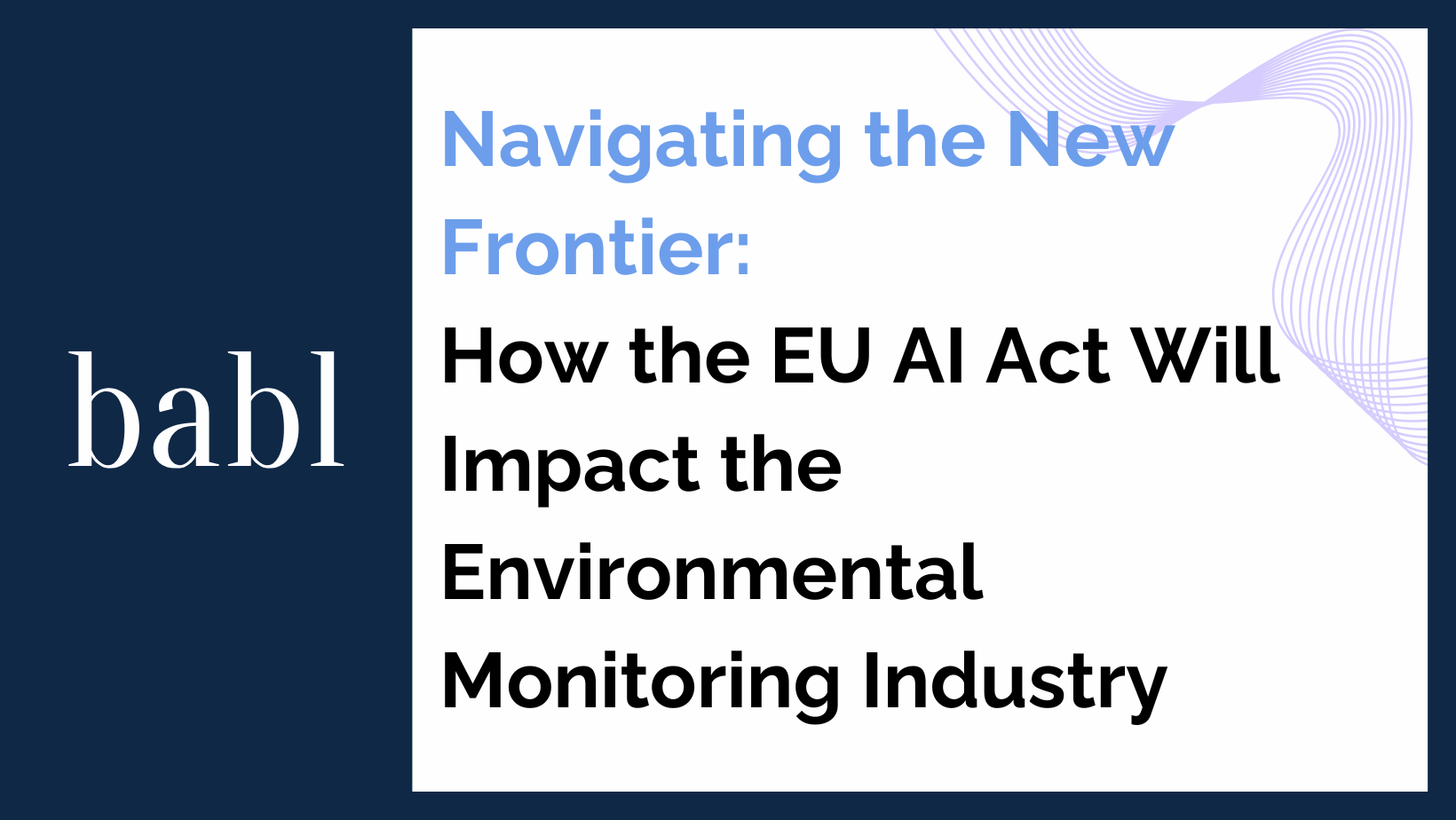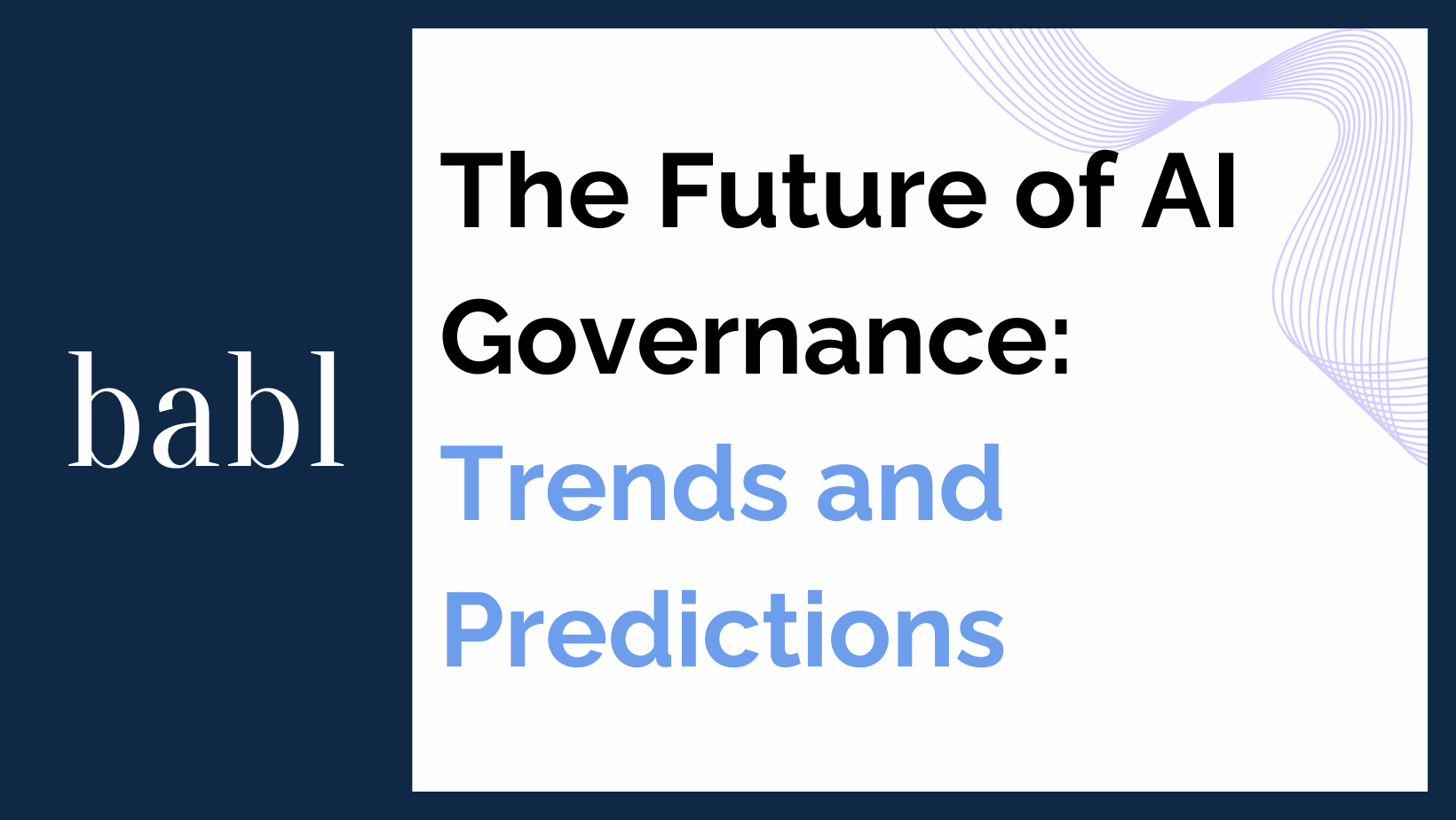Artificial Intelligence (AI) has become a transformative force in many sectors, particularly in human resources where it is reshaping hiring practices. While AI offers the promise of streamlining recruitment processes, increasing efficiency, and reducing operational costs, it also raises significant concerns about workplace diversity and inclusion. This blog explores how AI tools influence diversity in the workplace, examines potential biases in AI algorithms, and outlines strategies to mitigate these risks, ensuring fair and inclusive hiring practices.
The Transformative Role of AI in Recruitment
AI’s integration into hiring processes primarily manifests through automated employment decision tools (AEDTs) which assist employers in screening resumes, analyzing candidate data, and sometimes, making preliminary hiring decisions. These tools use algorithms to assess a candidate’s suitability for a role based on various data points collected during the recruitment process.
Unveiling Potential Biases in AI Algorithms
Despite their advantages, AI hiring tools can inadvertently perpetuate and amplify biases. These biases typically originate from the data on which AI models are trained. If the historical data fed into these systems reflect existing prejudices or non-inclusive practices, the AI tool may continue to propagate these biases. For example, if a training dataset predominantly consists of successful candidates from a particular demographic, the AI may unjustly favor applicants from that group, sidelining potentially qualified candidates from diverse backgrounds.
- Gender Bias: AI tools may develop biases against female candidates if trained on data that mirrors a historically male-dominated field.
- Ethnic Bias: Similar issues arise with ethnicity, where AI might prefer candidates based on names or linguistic cues that reflect particular racial backgrounds.
- Age Bias: Older candidates may be discriminated against if the AI prioritizes digital nativity or mistakenly associates younger age with innovation or productivity.
Impact of AI on Workplace Diversity
The biases inherent in AI tools can have a profound impact on workplace diversity, leading to homogeneity that can stifle creativity, innovation, and corporate culture. Diverse work environments have been shown to enhance problem-solving, foster creativity, and improve company performance. When AI tools fail to promote diversity, businesses not only compromise on these benefits but also risk legal and reputational damage.
Effective Strategies to Counter AI Biases
To harness the benefits of AI in hiring while safeguarding against its potential downsides, organizations can adopt several strategies:
- Utilize Diverse Data Sets: Ensure that the training data for AI tools is as diverse and comprehensive as possible. This includes data from varied demographic backgrounds to help the AI learn to evaluate candidates more equitably.
- Implement Bias Audits: Regularly conduct bias audits to assess AI tools for any discriminatory patterns. This should be done by independent auditors who can provide an impartial evaluation of the AI system’s decision-making processes.
- Ensure Transparency in AI Decisions: Maintain transparency about how AI tools influence hiring decisions. Candidates should be informed when AI plays a role in their evaluation, and businesses should be prepared to provide explanations for AI-driven decisions, ensuring compliance with regulations like GDPR in Europe.
- Maintain Human Oversight: AI should not be the sole decision-maker in hiring processes. Human HR professionals should review AI recommendations, especially in cases involving potential discrimination.
- Continuously Update AI Models: As societal norms and professional landscapes evolve, so too should the algorithms governing AI tools. Continuously updating AI systems with new data reflecting current trends and diversity goals can help mitigate outdated or biased programming.
- Develop AI with Diverse Teams: Diverse teams developing AI tools can provide varied perspectives that help reduce unconscious biases in AI programming.
Navigating the Legal Landscape
Aware of these challenges, jurisdictions like New York City have enacted laws such as Local Law 144, which mandates bias audits for automated employment decision tools. This law represents a growing trend towards regulating AI applications to prevent discriminatory practices. Companies must stay informed about similar regulations in their regions and ensure compliance to avoid legal repercussions.
Conclusion
AI has the potential to revolutionize hiring by making processes more efficient and data-driven. However, without careful consideration and intervention, AI could undermine efforts to create diverse and inclusive workplaces. By implementing thorough oversight, continuous training, and inclusive development practices, organizations can leverage AI to support fair hiring practices that promote diversity and inclusion. This balanced approach not only aligns with ethical standards and compliance but also enhances organizational culture and performance in an increasingly competitive business environment.
Need Help?
AI’s impact on hiring and the trickle down effects can be overwhelming to understand, so don’t hesitate to reach out to BABL AI. Their team of Audit Experts can provide valuable insights on global laws and regulations.





